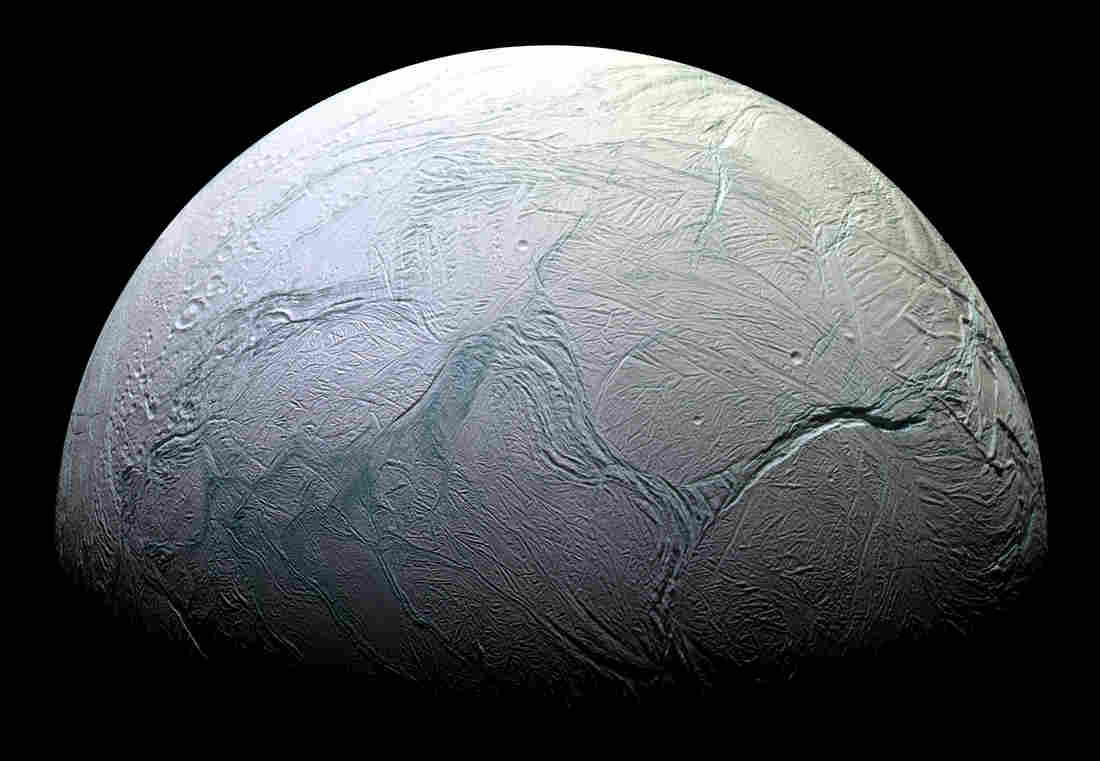
The Cassini probe will be making a close flyby of Saturn's ocean bearing moon, Enceladus, in order to understand more about its subsurface oceans.
NASA’s Cassini probe will be making its final fly around of Saturn’s ocean-bearing moon, Enceladus.
According to Fox News, Cassini will fly by Enceladus at a distance of 3,106 miles on Saturday at 9:49 a.m. PST, taking the final close up pictures planned for the ocean moon.
However, although this marks Cassini’s final close range flyby, it will continue to orbit Enceladus and take more spectacular pictures of the unique moon, but from a greater distance. The Cassini mission is planed to continue observing Enceladus until at least September 2017, but at a distance that is four times further than where it will be on Saturday.
The point of Saturday’s close range flyby is to determine how much heat is coming through the ice from the moon’s interior. This information is curcial for NASA scientists to underrstand why there are peculiar gas and icy particles spraying continuously from the moon’s ocean, which resides beneath the surface of the planet.
“Understanding how much warmth Enceladus has in its heart provides insight into its remarkable geologic activity, and that makes this last close flyby a fantastic scientific opportunity,” Linda Spilker, Cassini project scientist at NASA’s Jet Propulsion Laboratory, Pasadena, California, said in a statement.
This trip will certainly be close to the surface of the moon, but Cassini has gotten closer in the past. The distance Cassini will fly on Saturday is the optimum distance to measure the heat coming from within Enceladus.
Mike Flasar, CIRS team lead at NASA’s Goddard Space Flight Center, said Cassini will be flying “not too close, not too far away.”
“It allows us to map a good portion of the intriguing south polar region at a good resolution.”
While Saturday’s flyby won’t result in as many spectacular image as fans of the Cassini missions might have come to expect — as a consequence of its relation to the dark south polar region — it will allow NASA to come to a better understanding of Saturn’s mysterious ocean bearing moons.

Leave a Reply